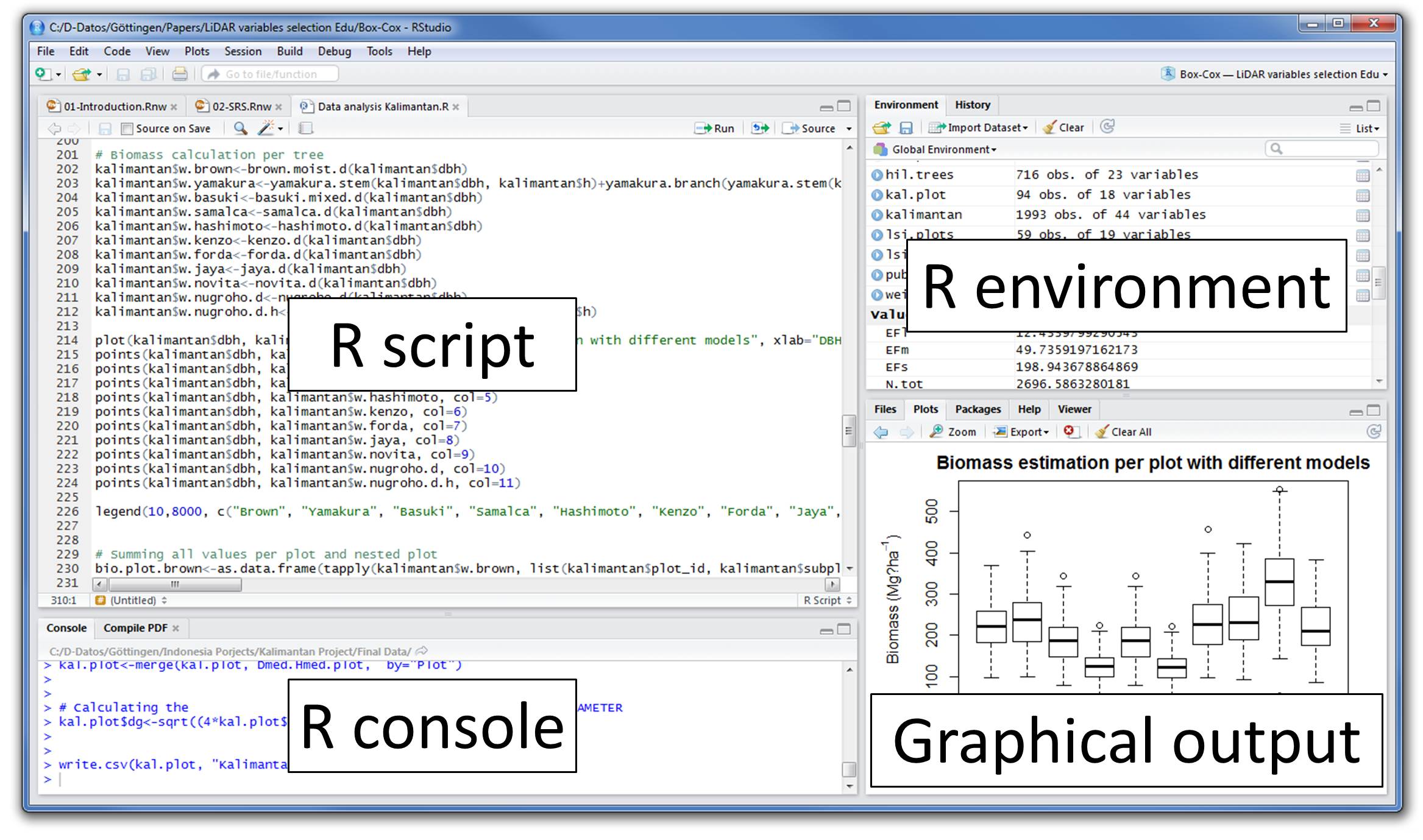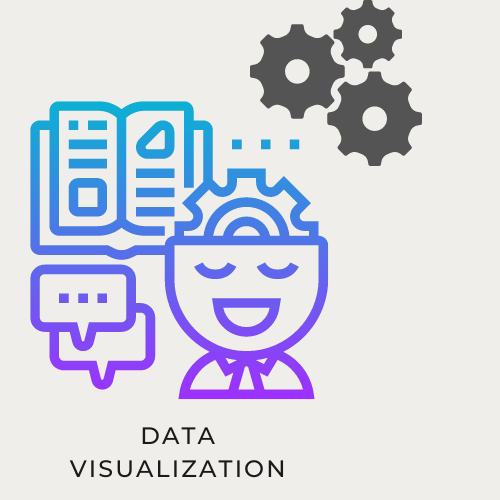Unlocking The Power Of Data Analysis With R On Windows 11: A Comprehensive Guide
Unlocking the Power of Data Analysis with R on Windows 11: A Comprehensive Guide
Related Articles: Unlocking the Power of Data Analysis with R on Windows 11: A Comprehensive Guide
Introduction
In this auspicious occasion, we are delighted to delve into the intriguing topic related to Unlocking the Power of Data Analysis with R on Windows 11: A Comprehensive Guide. Let’s weave interesting information and offer fresh perspectives to the readers.
Table of Content
Unlocking the Power of Data Analysis with R on Windows 11: A Comprehensive Guide

The world of data is vast and complex, demanding tools that can effectively analyze, interpret, and visualize its intricacies. R, a powerful open-source programming language and free software environment, has emerged as a cornerstone for data scientists, statisticians, and researchers worldwide. Its versatility, comprehensive libraries, and active community have made it a highly sought-after tool for data analysis, particularly on Windows 11, the latest version of the widely used operating system.
This article aims to provide a comprehensive guide on R for Windows 11, exploring its installation, key features, benefits, and applications. We will delve into the reasons why R has become an indispensable tool for data-driven decision making, highlighting its strengths and capabilities.
Understanding the Significance of R in Data Analysis
R’s rise to prominence in the data science landscape can be attributed to several key factors:
- Open-source and Free: R is freely available for download and use, making it accessible to anyone, regardless of their budget or organizational constraints. This open-source nature fosters collaboration and encourages continuous development, ensuring a rich and diverse ecosystem of packages and tools.
- Comprehensive Statistical Capabilities: R boasts a vast array of built-in statistical functions, covering everything from basic descriptive statistics to advanced multivariate analysis, time series analysis, and machine learning algorithms. This comprehensive toolkit empowers users to tackle a wide range of data-driven challenges.
- Extensible through Packages: The true power of R lies in its extensive package ecosystem. Thousands of user-created packages extend its functionality, offering specialized tools for specific domains like bioinformatics, finance, or social sciences. This flexibility allows users to tailor their analysis to their specific needs.
- Powerful Visualization Tools: R excels in creating informative and visually appealing data visualizations. Packages like ggplot2, lattice, and plotly provide elegant and customizable tools for creating static and interactive graphs, making complex data insights readily understandable.
- Active Community and Support: A large and active community of R users contributes to its ongoing development, provides support, and shares knowledge through online forums, tutorials, and conferences. This vibrant community ensures that users can find answers to their questions and access valuable resources.
Installing R on Windows 11: A Step-by-Step Guide
Installing R on Windows 11 is a straightforward process:
- Download the Installer: Visit the official CRAN (Comprehensive R Archive Network) website (https://cran.r-project.org/). Choose the appropriate installer for your Windows 11 system (32-bit or 64-bit).
- Run the Installer: Double-click the downloaded installer file and follow the on-screen instructions. Accept the default settings unless you have specific preferences.
- Verify Installation: After installation, open the R console by searching for "R" in the Windows search bar. You should see the R console prompt, indicating successful installation.
RStudio: Enhancing the R Experience
While the R console provides a basic interface, RStudio offers a more user-friendly and powerful integrated development environment (IDE) for working with R. It features:
- Code Editor: A syntax-highlighting editor that facilitates code writing and debugging.
- Console: A dedicated space for running R commands and viewing output.
- Workspace: A panel for managing variables, data frames, and other objects.
- Plots and Files: Integrated viewers for displaying plots and accessing files.
Downloading and installing RStudio is equally simple:
- Visit the RStudio Website: Go to https://rstudio.com/products/rstudio/download/.
- Choose the Appropriate Version: Select the "RStudio Desktop" version compatible with your Windows 11 system.
- Download and Install: Follow the on-screen instructions to complete the installation.
Exploring the World of R Packages
The true power of R lies in its extensive package ecosystem. Packages are collections of functions, data sets, and documentation that extend R’s capabilities. To install and use packages, follow these steps:
- Open the R Console or RStudio: Start your R session.
-
Use the
install.packages()Function: Typeinstall.packages("package_name")in the console, replacing "package_name" with the name of the package you want to install. -
Load the Package: Once installed, use the
library(package_name)command to load the package into your current R session.
Benefits of Using R on Windows 11
Utilizing R on Windows 11 provides several key benefits:
- Seamless Integration: R seamlessly integrates with Windows 11, offering a familiar and user-friendly experience.
- Enhanced Performance: Windows 11’s powerful hardware and optimized software environment contribute to efficient R execution.
- Access to Windows Tools: R can leverage existing Windows tools, like data visualization libraries or data access tools, for a more comprehensive workflow.
-
Wide Application Scope: R’s versatility makes it suitable for a wide range of data-driven applications, including:
- Data Exploration and Visualization: Gaining insights from data through descriptive statistics, graphs, and charts.
- Statistical Modeling: Building statistical models to understand relationships and make predictions.
- Machine Learning: Implementing machine learning algorithms for tasks like classification, regression, and clustering.
- Data Mining: Discovering hidden patterns and trends in large datasets.
- Bioinformatics: Analyzing biological data, including genomic sequences and protein structures.
- Finance: Modeling financial markets, analyzing investment strategies, and managing risk.
- Social Sciences: Conducting statistical analysis of social phenomena, surveys, and experiments.
FAQs about R on Windows 11
Q: Is R difficult to learn?
A: While R has a steeper learning curve than some other statistical software, its syntax is relatively straightforward, and numerous resources are available to help beginners get started.
Q: What are some popular R packages for data analysis?
A: Popular packages include:
-
dplyr: For data manipulation and transformation. -
ggplot2: For creating elegant and customizable data visualizations. -
tidyr: For data tidying and reshaping. -
caret: For machine learning model training and evaluation. -
glmnet: For fitting generalized linear models with regularization. -
randomForest: For implementing random forest algorithms.
Q: Can I use R on Windows 11 for commercial projects?
A: Yes, R is open-source and free to use for both academic and commercial purposes.
Q: Is there any cost associated with using R?
A: R itself is free. However, some commercial tools that integrate with R, like RStudio, may have paid versions with advanced features.
Q: What are the limitations of R?
A: R can be computationally intensive for very large datasets, and some advanced machine learning algorithms may require specialized hardware or libraries.
Tips for Working with R on Windows 11
- Start with a Tutorial: Numerous online tutorials and courses provide a structured introduction to R.
- Explore the Documentation: Utilize the comprehensive documentation available for each package.
- Utilize the Community: Engage with the active R community online to seek help and share knowledge.
- Practice Regularly: The best way to learn R is to practice regularly and apply it to real-world data.
Conclusion
R, with its open-source nature, comprehensive statistical capabilities, and active community, has become a powerful tool for data analysis, particularly on Windows 11. Its versatility and extensibility make it suitable for a wide range of applications, empowering users to extract valuable insights from data and make data-driven decisions. By embracing R on Windows 11, individuals and organizations can unlock the potential of their data, paving the way for innovation and progress.








Closure
Thus, we hope this article has provided valuable insights into Unlocking the Power of Data Analysis with R on Windows 11: A Comprehensive Guide. We hope you find this article informative and beneficial. See you in our next article!